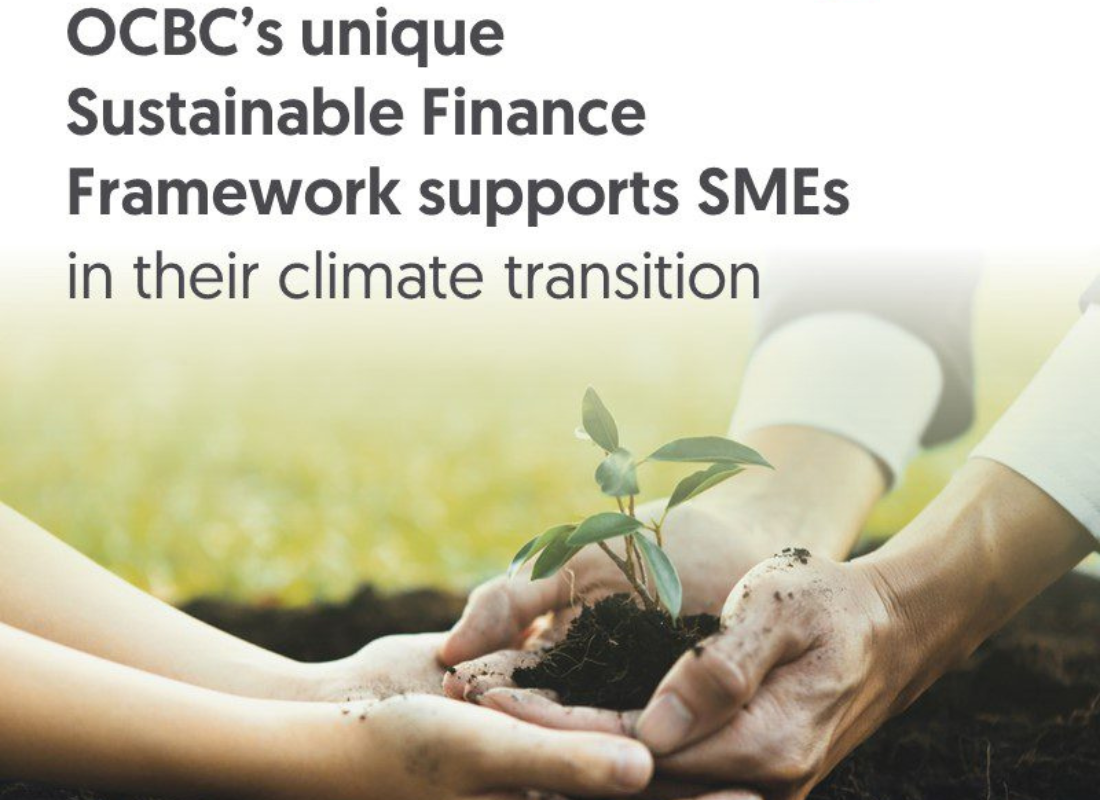
Sustainability often brings to mind large corporations and governmental policies. However, small businesses play a surprisingly influential role. Representing 90% of businesses and more than 50% of employment worldwide, small and medium-sized enterprises (SMEs) hold the power to create meaningful change. When aggregated, their actions can spark a ripple effect that drives large-scale environmental impact.
 Local Decisions, Global Impact
Local Decisions, Global Impact
Sourcing locally, reducing waste, or switching to renewable energy might seem like small steps. Yet these decisions, when multiplied by millions of small businesses worldwide, can significantly reduce global carbon emissions and dependence on non-renewable resources. Many SMEs also serve as suppliers to larger companies, meaning their sustainable practices extend up the value chain.

Innovation on the Frontlines
With their agility and community focus, small businesses are uniquely positioned to test and implement sustainable innovations. From using coffee grounds to make reusable cups, as seen with The Happy Turtle Cup, to adopting biodegradable packaging, these businesses often drive experimentation in eco-friendly solutions that corporations later adopt.

Building Conscious Communities
Small businesses are often more intimately tied to their local communities than corporations. This connection enables them to educate and inspire customers toward more sustainable choices. Through storytelling, transparent sourcing, and consistent eco-messaging, they influence consumer behavior and foster sustainability as a shared value.

Collaboration as a Catalyst
Many small businesses form partnerships with NGOs, local governments, and each other to scale their impact. These collaborations help share resources, reduce costs, and amplify their voice in the sustainability conversation. Co-branding sustainable products or services and participating in local green initiatives are practical ways to increase visibility and impact.

Navigating Challenges with Creativity
SMEs often lack the capital or infrastructure that larger firms have, which makes embracing sustainability more challenging. But this limitation can be a strength. It fuels creative, cost-effective solutions—from sharing equipment to repurposing waste into new products. By necessity, many small businesses become champions of circular economies and zero-waste innovation.
 The Business Case for Going Green
The Business Case for Going Green
Sustainability is not only a moral imperative—it’s also good business. Studies show that consumers, especially younger ones, increasingly support brands that align with their environmental values. For SMEs, this presents a chance to differentiate themselves and foster loyalty. Additionally, sustainable practices can cut operational costs in the long term, especially through reduced energy consumption and waste management.
Inspiring Global Movements
When small businesses go green, their impact extends beyond local borders. Through social media, partnerships, and customer word-of-mouth, their sustainable practices can influence global audiences. Businesses like The Happy Turtle Group not only produce eco-conscious products but also contribute to global awareness by advocating for ocean conservation and wildlife protection.
:max_bytes(150000):strip_icc():focal(749x0:751x2)/ethan-shapiro-lydia-kramer-judy-peterson-artfair-apparel-022125-tout-eb7002314e2a4be2bd6a785014bc33f7.jpg)
The Road Ahead
For small businesses to continue making a difference, supportive policies and access to sustainable infrastructure are key. Governments, investors, and consumers all play a role in empowering SMEs to thrive sustainably. With the right tools and recognition, these businesses can become the cornerstone of a greener, more inclusive global economy.
 Final Thoughts
Final Thoughts
The power of small businesses in shaping a sustainable future is often underestimated. Their proximity to communities, openness to innovation, and collective force make them a crucial player in addressing climate and environmental challenges. By embracing sustainability not as a trend, but as a core value, they ignite ripples that eventually become waves of change.






